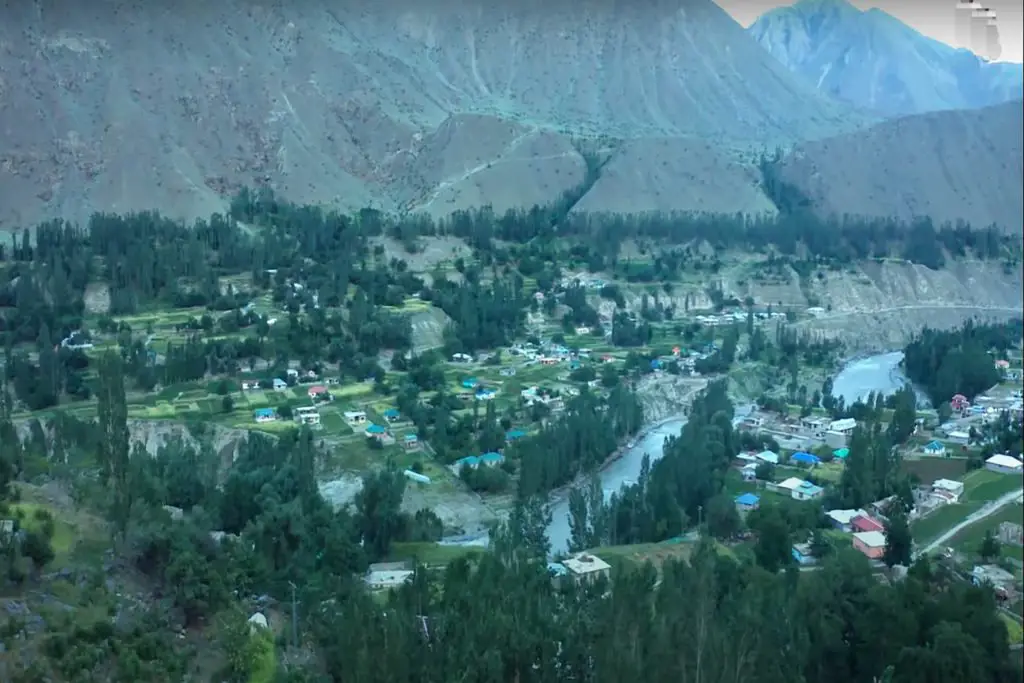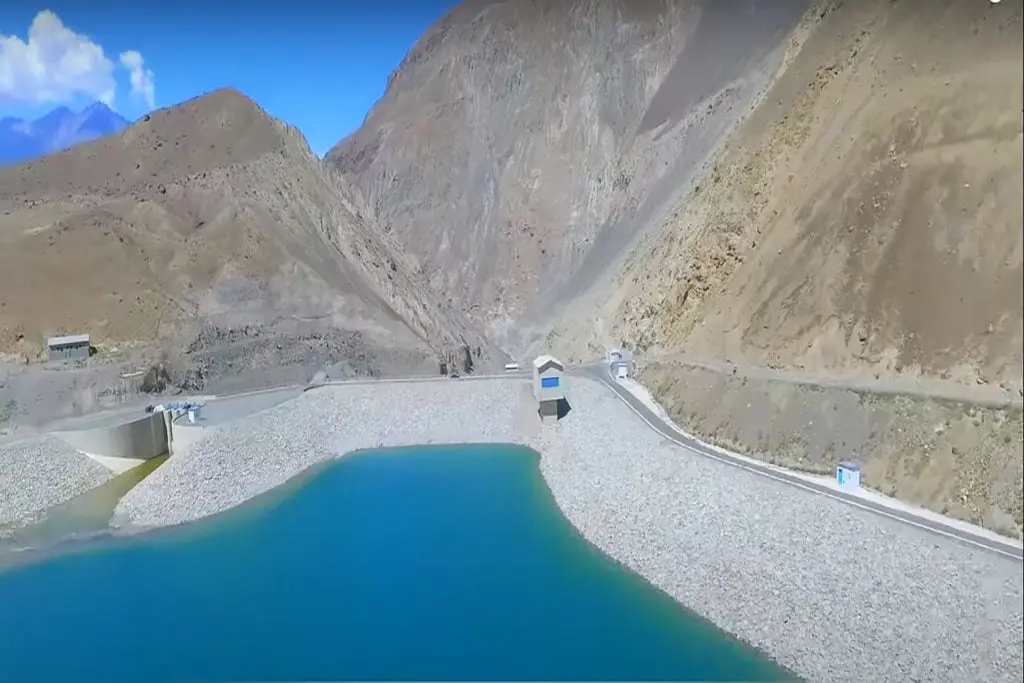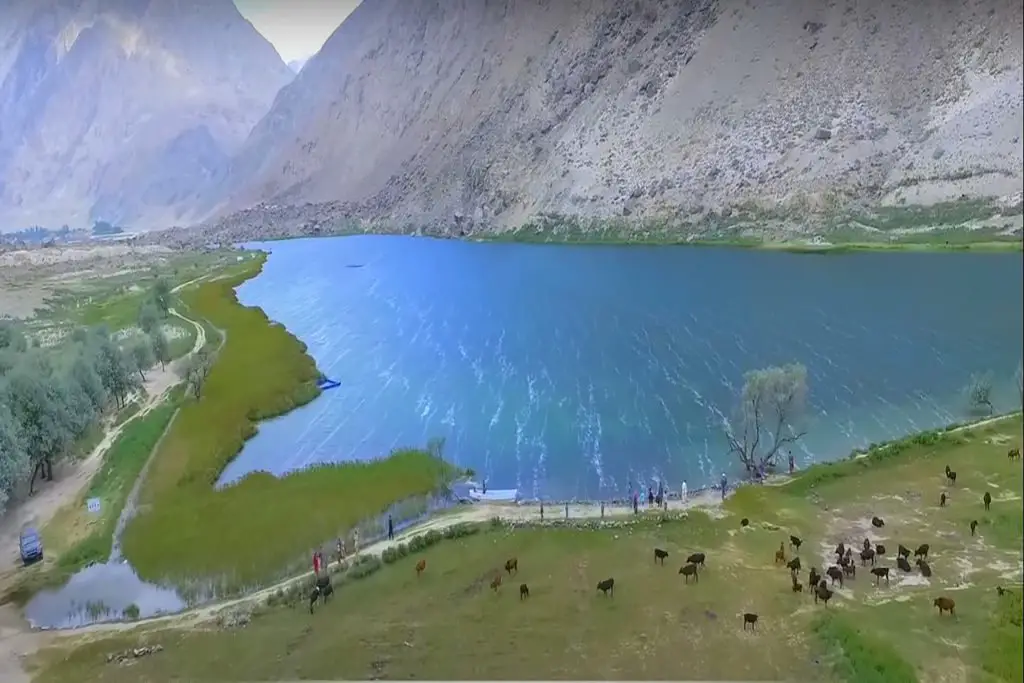The Sost Dry Port is a major transit point for trade between Pakistan and China. Sost or Sust is a village in Gojal, Upper Hunza, Gilgit-Baltistan, Pakistan. It is the last town inside Pakistan on the Karakoram Highway before the Chinese border. It lies at an altitude of 2,800 meters above sea level.
The city is an important highway point for all passenger and freight traffic, as all traffic crossing the Pakistan-China border passes through the city; it houses the Pakistan Immigration and Customs Enforcement. Pakistan and China opened borders for trade and tourism in Khunjerab.
Location of Sost Dry port
Located at the Pakistan-China border, in the Gilgit-Baltistan region of Pakistan, it is the only dry port in the region and serves as a vital link in the China-Pakistan Economic Corridor (CPEC).
Sost Dry Port History
The dry port was established in 1985 to facilitate trade between Pakistan and China. It is located at an altitude of 8,200 feet above sea level and is situated about 270 kilometers from Gilgit, the capital of Gilgit-Baltistan. The port provides a crucial link between the two countries, allowing for the seamless flow of goods and trade between them.
The Silk Road Dry Port started its trading operations at the port of Sost (Upper Hunza) near the Khunjarab Gilgit-Baltistan Pass. Annual trade between China and Pakistan has grown from less than US$2 billion in 2002 to US$6.9 billion, with a target of US$15 billion by 2014.
Sost Dry Port is the first formal port on the China-Pakistan border, facilitating customs clearance and other formalities for goods moving from the city of Kashgar and the surrounding Xinjiang Autonomous Region in China to the commercial centers of Pakistan.
The city is connected by the Karakoram Highway to the cities of Gulmit, Aliabad, Gilgit, and Chilas in the south and the Chinese cities of Tashkurgan, Upal, and Kashgar in the north.
The main languages spoken here are Wakhi and Brushki.
Significance of Sost Dry Port
The Sost Dry Port is strategically located along the Karakoram Highway, which is the main trade route between Pakistan and China. It has modern facilities for the handling, storage, and transportation of goods, including a customs office, container yard, and warehouse facilities. The port also has its own power station to ensure uninterrupted power supply.
The Sost Dry Port has played a vital role in promoting economic development in the region. The port has helped to create jobs and has provided a boost to the local economy. It has also helped to improve the standard of living in the region by providing access to goods and services that were previously unavailable.
The port has become an important hub for the trade of goods between Pakistan and China. It handles a wide range of goods, including textiles, machinery, electronics, and food items. The port has also played a crucial role in the transportation of oil and gas from China to Pakistan.
The dry port of Sost is connected by the Karakoram Highway with the cities of Gulmit, Aliabad, Gilgit, and Chilas in the south and with the Chinese cities of Tashkurgan, Upal, and Kashgar in the north. Northern Areas Transport Corporation offers passenger road transport between Islamabad, Gilgit and Sost.
Passenger road transport between Tashkurgan and Sost also exists. Road traffic between Kashgar and Gilgit (via Tashkurgan and Sost) started in the summer of 2006.
However, the China-Pakistan border crossing at the Khunjerab Pass (the highest border in the world) is only open between 1 April and 30 November. an agreement signed by Pakistan and Chinese authorities, the border is usually closed on November 30 and reopened on April 1 each year.
Distance from Sost to Khunjerab Pass
The driving distance between Sost and Khunjerab Pass (mountain) is 84 km. The journey from Sost to Khunjerab Pass (mountain) takes approximately 1h 11m.
The Sost Dry Port is an important symbol of the close ties between Pakistan and China. It has helped to deepen the economic and cultural ties between the two countries and has played a crucial role in the development of the China-Pakistan Economic Corridor.
In conclusion, the Sost Dry Port is a vital link in the economic partnership between Pakistan and China. It has played a crucial role in promoting economic development in the region and has helped to create jobs and improve the standard of living in the area. As trade between Pakistan and China continues to grow, the importance of the Sost Dry Port is likely to increase even further, making it a key component of the economic development of the region.






